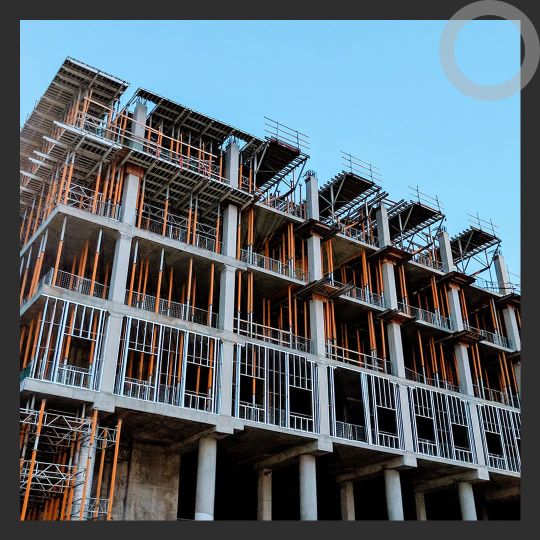BREAK OUT OF
YOUR ROUTINE
Sed feugiat porttitor nunc, non dignissim ipsum
vestibulum in. Donec in blandit dolor.
OBJECTIVES
- Assess the current state of the legacy ERP system and understand its limitations and pain points.
- Define the scope and objectives of the migration project, considering the specific needs and goals of XYZ Manufacturing.
- Develop a comprehensive migration plan, including timelines, resource allocation, and risk mitigation strategies.
- Customize and configure the SAP ERP system to align with companies business processes and requirements.
- Migrate data from the legacy ERP system to SAP S4/HANA, ensuring data integrity and accuracy.
- Provide training and support to ensure a smooth transition and enable employees to effectively utilize the SAP ERP system.
Our approach
- Current State Assessment: Conduct an in-depth analysis of the existing legacy ERP system, including its functionalities, limitations, and areas for improvement.
- Migration Strategy and Planning: Based on the assessment, define the scope, objectives, and timeline for the migration project. Develop a comprehensive migration strategy that outlines the tasks, dependencies, and resource requirements. Risk assessment and mitigation strategies are also incorporated into the plan.
- SAP Customization and Configuration: Customize and configure the SAP ERP system to meet their specific needs. This involves mapping existing business processes to SAP functionalities, defining roles and permissions, and configuring system parameters.
- Data Migration:Data mapping and cleansing to ensure data integrity and accuracy. Various migration techniques and tools are utilized to streamline the process and minimize disruptions to ongoing operations.
- Integration with Existing Systems:Integrate SAP ERP system with existing systems and applications, such as CRM, supply chain management, and production planning. They establish data interfaces and integration protocols to enable seamless data flow and real-time information exchange.
- Testing and Deployment: Conduct thorough testing of the SAP ERP system. This includes system testing, user acceptance testing, and data validation to ensure the system functions as expected. Once testing is successful, the SAP ERP system is deployed in a phased manner, minimizing disruptions to operations.
results & benefits
- Improved Business Processes: The migration to the SAP ERP system enabled the client to optimize and streamline their business processes. This results in improved efficiency, reduced manual work, and enhanced productivity.
- Enhanced Data Accuracy and Reporting: The SAP S4/HANA ERP system provides robust data management capabilities, ensuring data integrity and accuracy. Real-time reporting and analytics enable informed decision-making and better visibility into key business metrics.
- Integration and Collaboration: The integration of the SAP ERP system with other systems facilitates seamless data flow and collaboration across departments. This improves communication, coordination, and overall operational efficiency.
- Scalability and Future-Readiness: The SAP ERP system is scalable and flexible, ensuring future growth and changing business needs. The system can adapt to new industry requirements and support increased transaction volumes.
- Employee Empowerment: Through comprehensive training and change management initiatives, employees are empowered to effectively utilize the SAP ERP system. This boosts employee morale, job satisfaction, and overall engagement.

QUALITATIVELY
Donec id elit non mi porta
gravida at eget metus id elit mi
egetine. Fusce dapibus
QUICKLY
Donec id elit non mi porta
gravida at eget metus id elit mi
egetine usce dapibus elit
COMPETENTLY
Donec id elit non mi porta
gravida at eget metus id elit mi
egetine usce dapibus elit
RELIABLY
Donec id elit non mi porta
gravida at eget metus id elit mi
egetine. Fusce dapibus
© 2022 All rights reserved.



